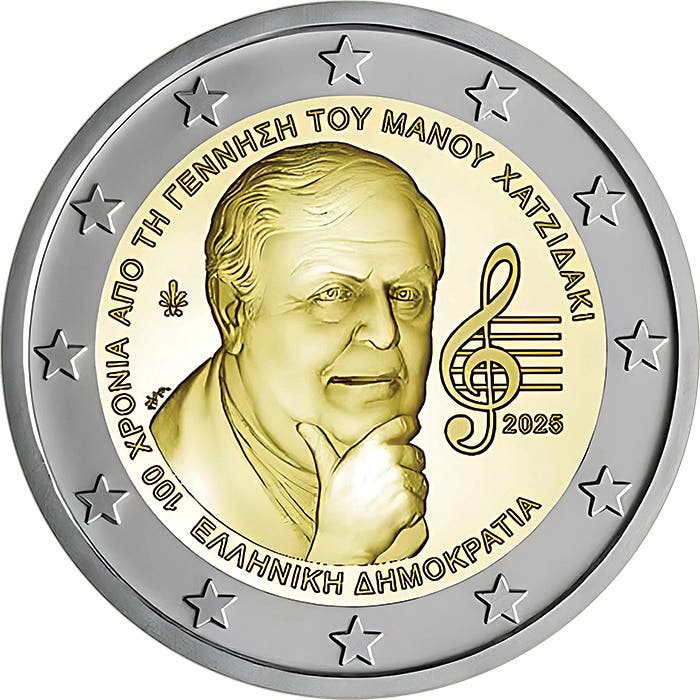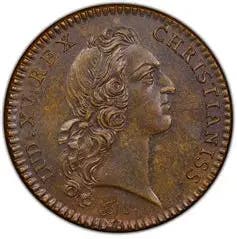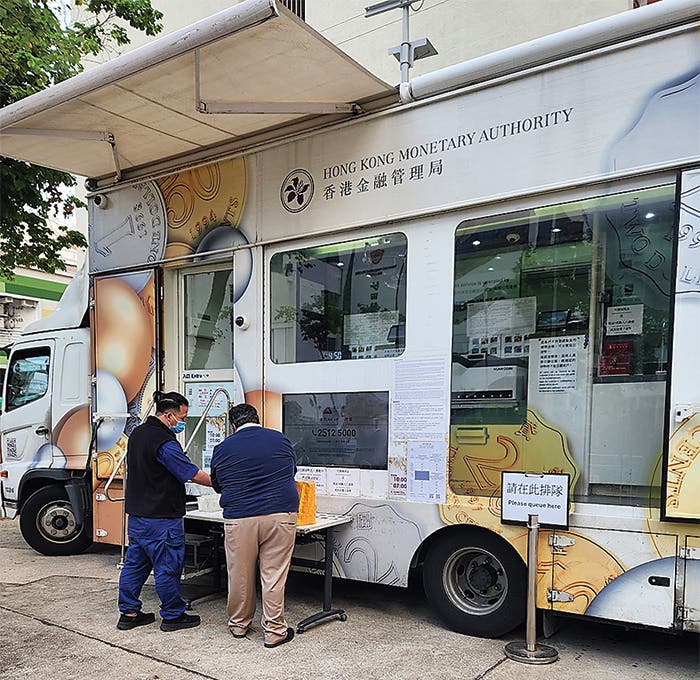War Alters Acceptable Cash
Despite defending itself from being invaded by Russia, Ukraine has continued to forge ahead, declaring it will begin issuing a new series of coins and bank notes on Jan. 1,…
Despite defending itself from being invaded by Russia, Ukraine has continued to forge ahead, declaring it will begin issuing a new series of coins and bank notes on Jan. 1, 2023.
The National Bank of Ukraine issued a statement reading, “The main reasons for this are to enhance the quality of cash in circulation (in view of the wear and tear of previous generation bank notes, which have been circulating for a long time), streamline cash payments, and to make these means of payment more convenient for the general public.”
It appears the bank left off another “main reason” for issuing new money. The invading Russians not only brought their weapons of war and soldiers. The Russians also brought their Russian ruble bank notes, which aren’t being accepted even in Russian occupied territory.
The RosBiznesConsulting or RBC Group recently quoted the Kremlin appointed occupied Kherson Deputy Head of Administration Kirill Stremousov as saying, “Some people are refusing to accept rubles as payment for food products.”
According to Stremousov, some residents of Kherson are trying to profit from the situation. Stremousov said those who “will not listen” to his administration will be deported to Ukrainian-controlled territories, something these people would likely prefer.
Telegram is the platform Russians seeking to avoid their government’s propaganda prefer to use. Speaking on Telegram on October 23 Melitopol Mayor Ivan Fedorov said Ukrainians still living in Russian occupied Ukrainian territories were dumping Russian rubles on what he called “a massive scale.” Fedorov said the Russians have been artificially inflating the exchange rate for Russian rubles. Since at that time Fedorov believed the liberation of the Kherson region is inevitable the exchange rate was forced to change.
Fedorov used gasoline (petrol) stations in Russian occupied Kherson as an example, indicating while the official rate was five rubles to the Ukrainian hryvnia it didn’t matter since the Russian currency was being refused completely.
In 2014 Russian issued 10-ruble coins, then in late 2015 issued a circulating commemorative 100-ruble bank note (with an exchange rate of about $1.41 US at that time), each marking Russia’s recent seizure of the Crimean region from Ukraine. More such coins and bank notes followed.
The region became the Autonomous Republic of Crimea and Sevastopol in 2014. This led to the Republic of Crimea becoming a federal region of Russia following a questionable referendum condemned by other governments as being illegal. On March 24 the Russian ruble became the official currency, yet the ruble was officially allowed to circulate parallel with the Ukrainian currency until January 1, 2016. Taxes and fees were to be paid exclusively in rubles effective immediately. Wages of employees at budget receiving organizations were to be paid in rubles as well.
While details of the official fiscal arrangement within the occupied Kherson Oblast were not immediately available it is known that as of May 2022 the Russian occupiers had introduced the Russian ruble as a legal tender currency.
Following Russia’s 2022 invasion of Ukraine the Moscow Exchange allowed the ruble to find its own level, but this resulted in a Moscow rate and an offshore rate with a gap that has been as much as a 15 percent value difference. While it is challenging to get any details some of the currency trading has since gone underground.
According to an article published in the April 18 The Washington Post newspaper, “Traders also say both locals and foreigners are buying and selling stocks via phone calls, hoping eventually to settle the trades. This creates a further need for foreign exchange.”
The March 21 Market Insider reported, “Several chats in the Telegram messaging app have sprung up in which people in Russia are arranging to meet on the streets and other locations to buy or sell currency, according to a recent report by Mediazona, an independent Russian media outlet.”
On October 21 Intellinews.com quoted Dragon Capital Deputy Managing Director Sergii Fursa as saying, “There are no big buyers [of Ukrainian currency]. Banks prefer to stay away from it, and the Ministry of Finance can’t even refinance local government bids that they used to place a year or two years ago.”
On the brighter side Fursa added, “The changes we see is that there is a much bigger involvement from local people themselves because they are buying war bonds to support the [Ukrainian] government.”
Russian rubles are being rejected in occupied Kherson, yet Ukrainian government bonds are being supported by local people. It appears Russia is losing this currency war.









